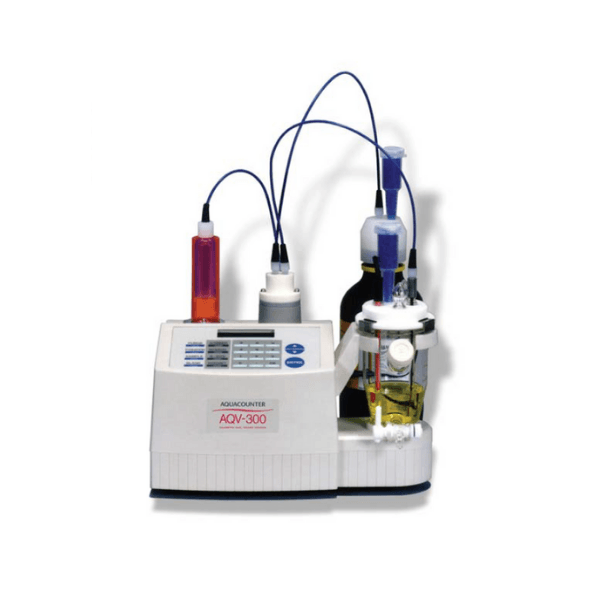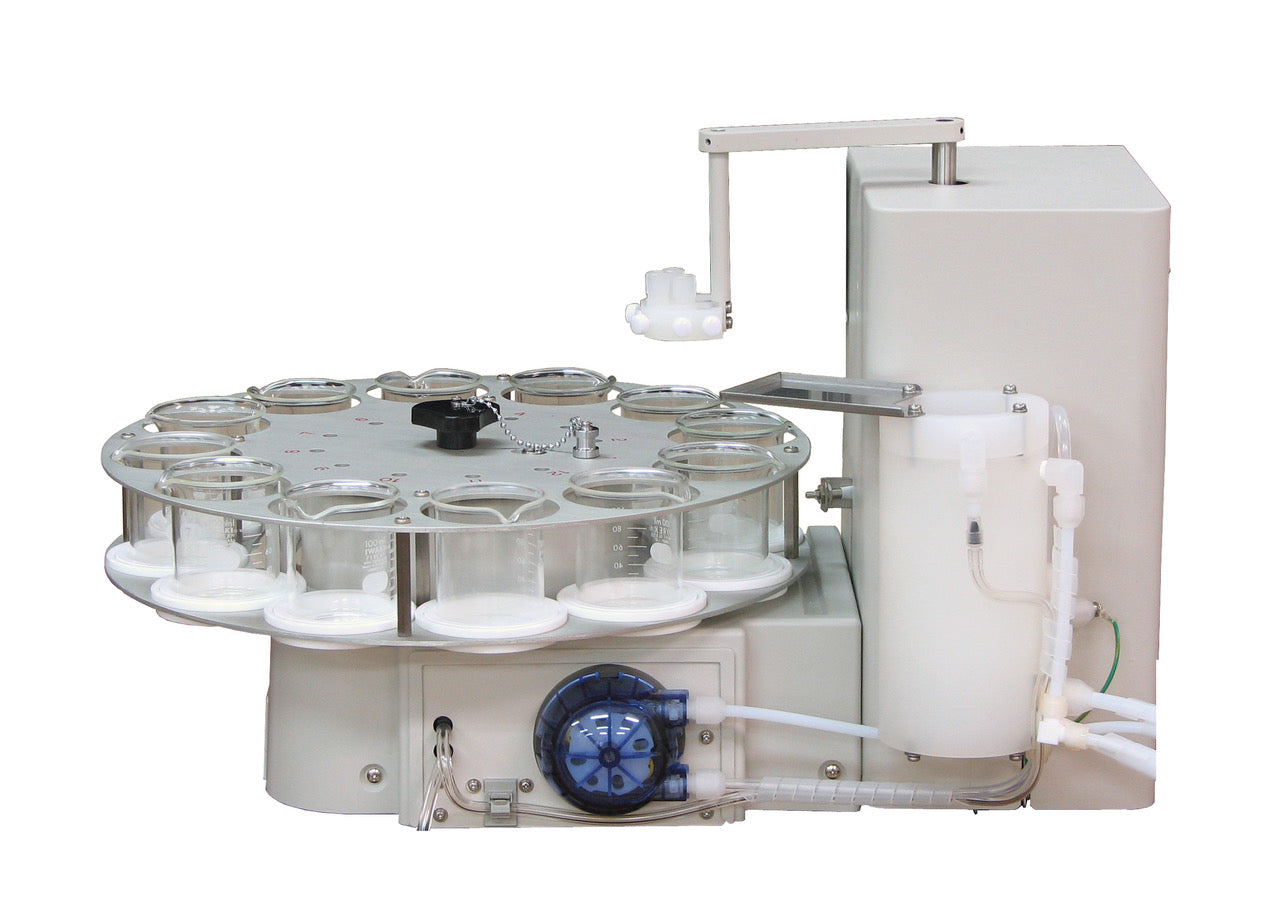Karl Fischer & Potentiometric Titration Application Library
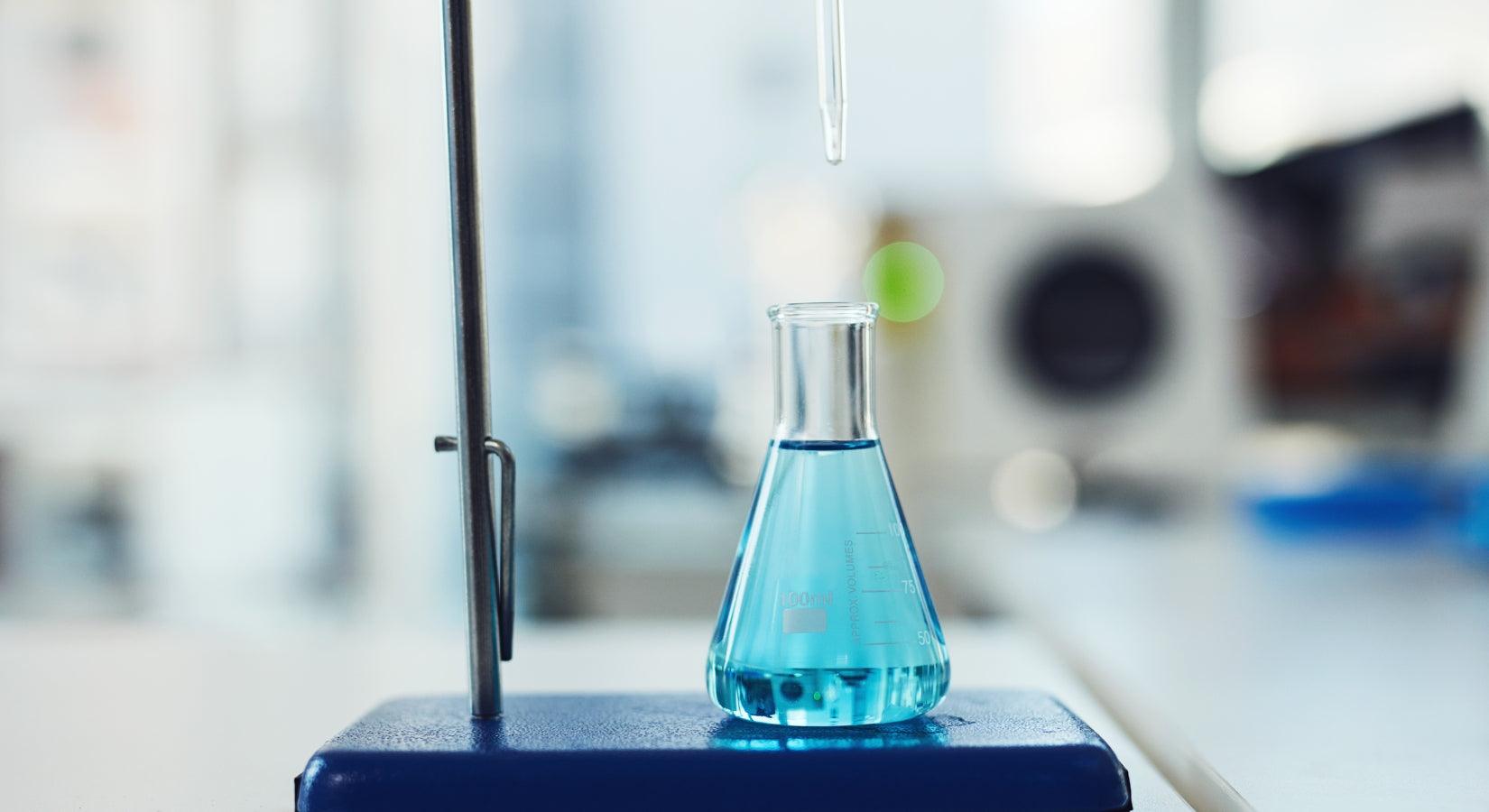
Purity determination of sodium hydroxide | Autotitrator COM-A19
Sodium hydroxide is one of the most elemental reagent in chemical industrial reagents. Its production amount is large and it is used in a broad range of fields. Sodium hydroxide absorbs carbonate gas and water in atmosphere because of its properties, the purity of sodium hydroxide is gradually reduced. Japanese Industrial Standard (JIS) K8576 defines determination method for purity of sodium hydroxide (titration with indicator). Representative impure substance in sodium hydroxide includes sodium carbonate.
This report introduces an example for the quantitative determination of sodium hydroxide purity and sodium carbonate by successive and fractional potentiometric titration.

Quantitative determination of copper ion in plating solution | Autotitrator COM-A19
Cu²⁺ + Na₂EDTA → Cu-EDTA + 2Na²⁺
This report introduces an example of the measurement for copper ion in plating solution with chelatometric titration using copper ion-selective electrode.
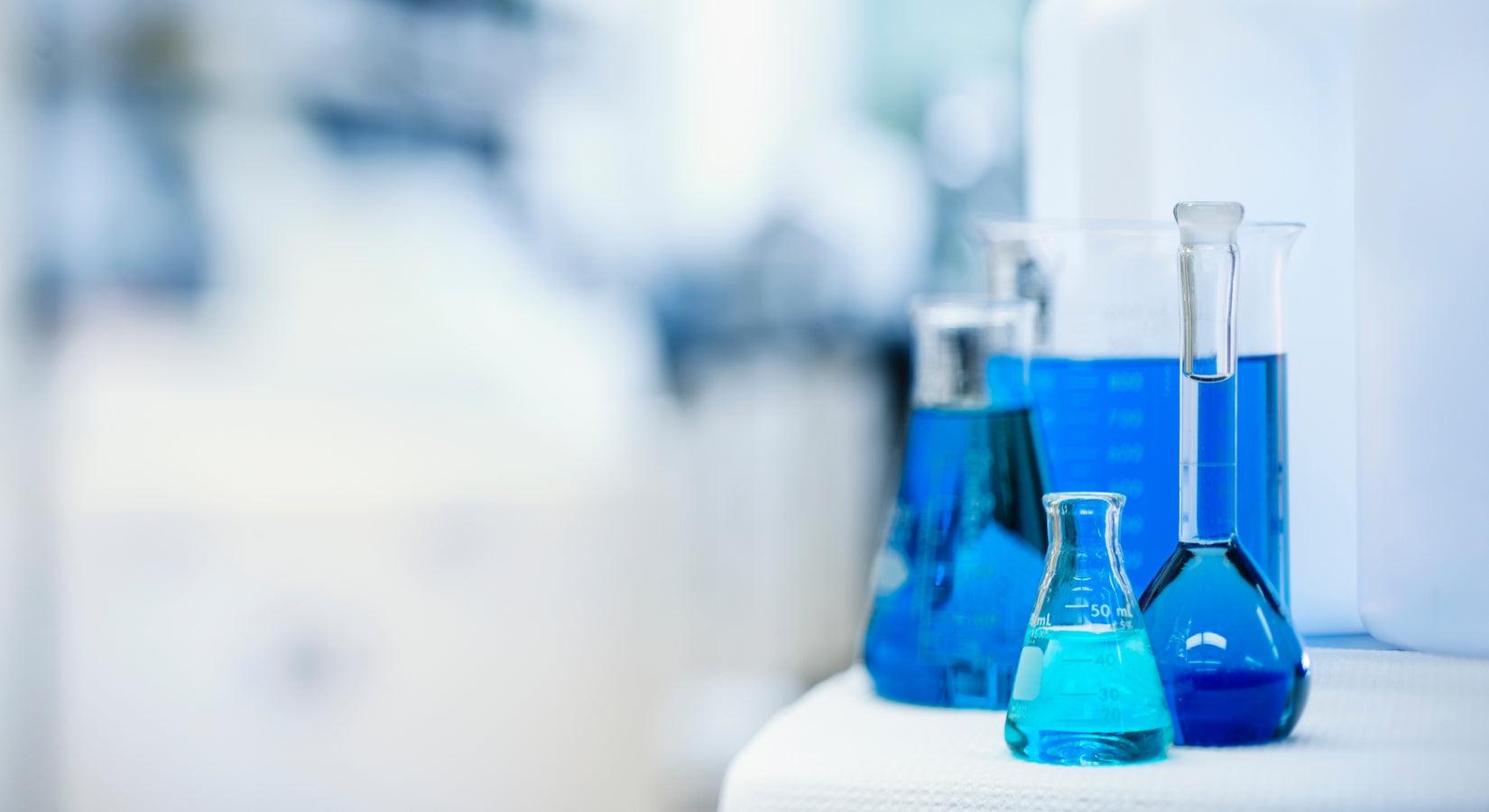
Quantitative determination of lead ion | Autotitrator COM-A19
The chelatometric titration is generally used for the determination of lead ion (Pb2+). The pH region the lead ion can be directly titrated is pH 3.5 ~ 10 (stability constant = 17.88).1 However, it generates Pb(OH)2 precipitation at alkaline region. When performing titration under alkaline condition, the auxiliary complexing agent such as ethanolamine, tartaric acid, or citric acid should be added in advance to generate weak chelatometric complex and avoid the generation of lead hydroxide precipitation.
It is titrated at pH around 4 ~ 5 when performing under acidic condition. This report introduces an example that the lead ion in sample solution adjusted to pH 5 by hexamine solution is determined with using XO indicator (red purple →yellow).
Pb²+ + Na₂EDTA → Pb-EDTA + 2Na+

Quantitative determination of manganese ion | Autotitrator COM-A19
Mn²+ + Na₂EDTA → Mn-EDTA + 2Na+

Determination of ferrous and ferric ion in steel cleaning solution | Autotitrator COM-A19
Fe³+ + Na₂EDTA → FeEDTA + 2Na+
Fe²+ → Fe³+ + e-

Determination of trace chloride ion in copper sulfate solution | Autotitrator COM-A19
This report introduces an example of the determination of trace chloride ion in the solution containing highly concentrated copper sulfate.
The precipitation titration with silver nitrate standard solution is generally used for the determination of chloride ion in copper sulfate solution. The endpoint of the titration is detected with indicator method or the potentiometric method. The potentiometric method is used for this sample because the color change of indicator reagent is obscure in this sample containing highly concentrated copper sulfate. However, it tends to show the difficulty to detect the endpoint because of the less sensitivity of electrode under highly concentrated copper sulfate. Therefore the potentiometric titration is performed with the specially treated silver electrode that the silver chloride is coated.
Cl- + AgNO₃ → AgCl + NO₃-
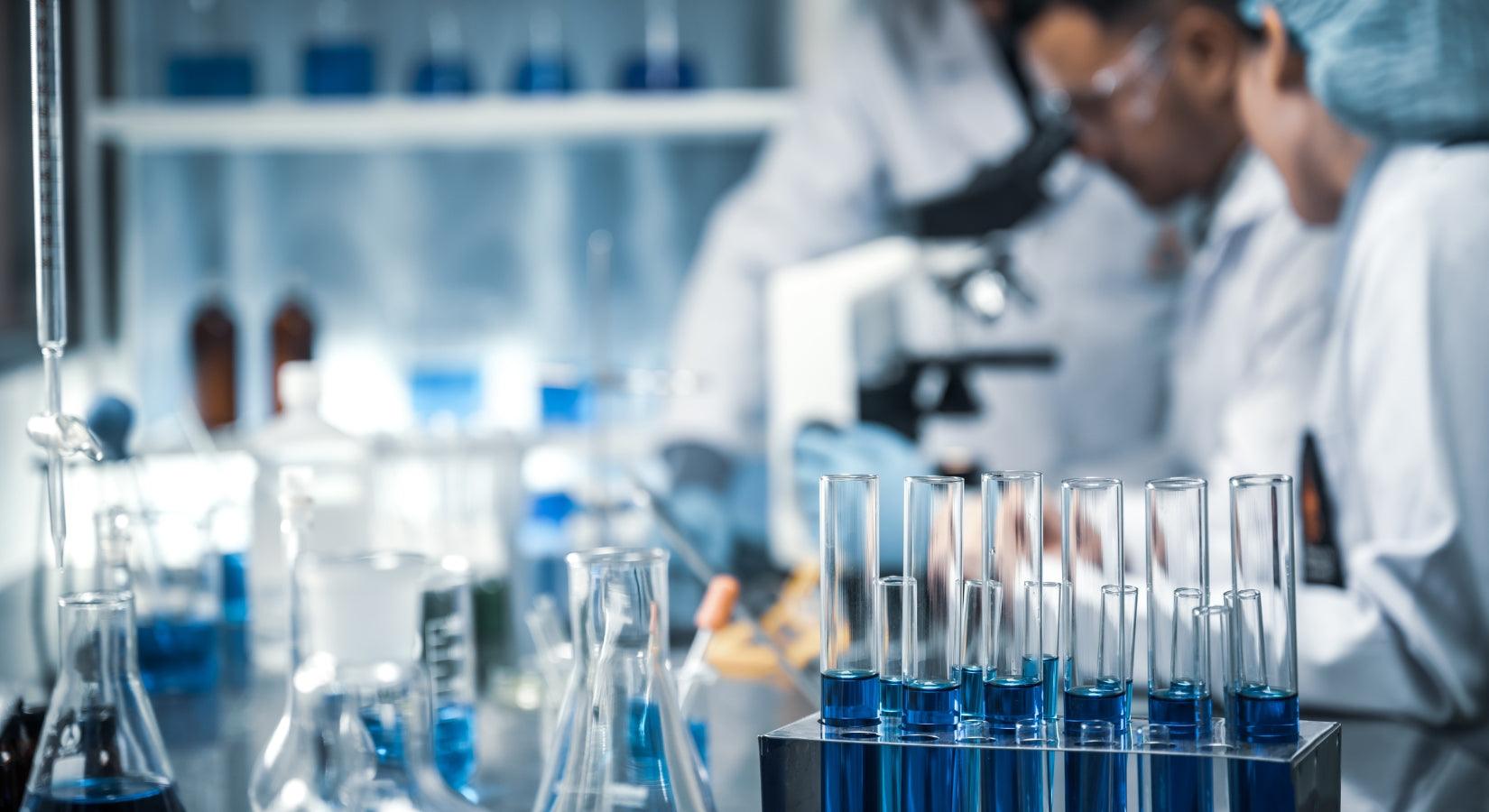
Quantitative determination of zinc ion | Autotitrator COM-A19
Zn²⁺ + Na₂EDTA → Zn-EDTA + 2Na⁺
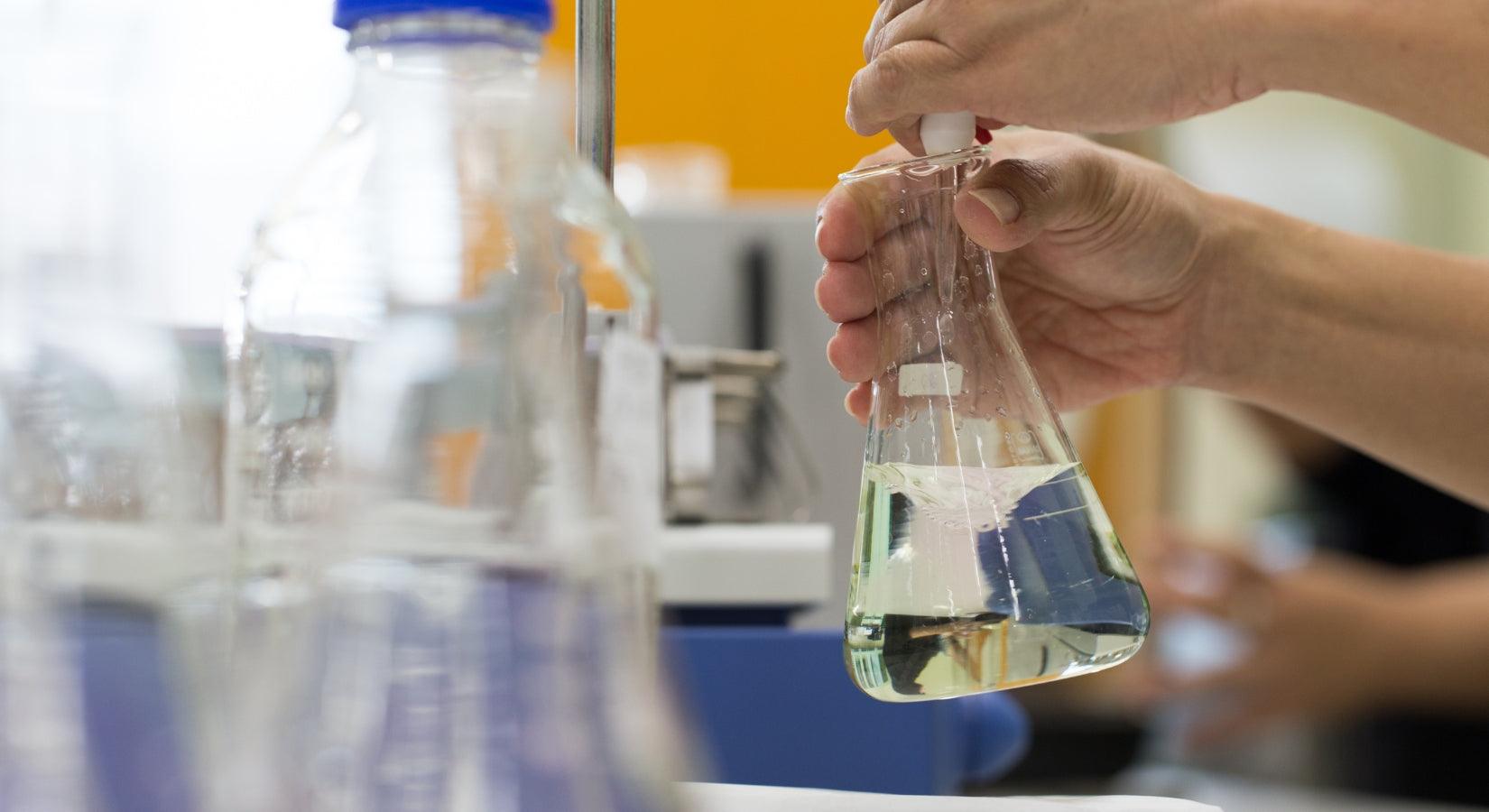
Determination of alkaline component in photoresist remover solution (Determination of carbonates with barium chloride addition method) | Autotitrator COM-A19
Strong alkaline solution is used as remover for residual photoresist on the substrate after the development of the substrate for liquid crystal display instrument etc. The composition depends on the intended use but sodium hydroxide, potassium hydroxide, and tetramethylammonium hydroxide (TMAH) are used as remover.
TMAH can be determined by potentiometric titration with hydrochloric acid standard solution. TMAH could absorb carbon dioxide gas and generate carbonates, it indicates another inflection point at pH around 4 on the titration with hydrochloric acid standard solution. This report introduces an example of fractional determination for TMAH and carbonates.
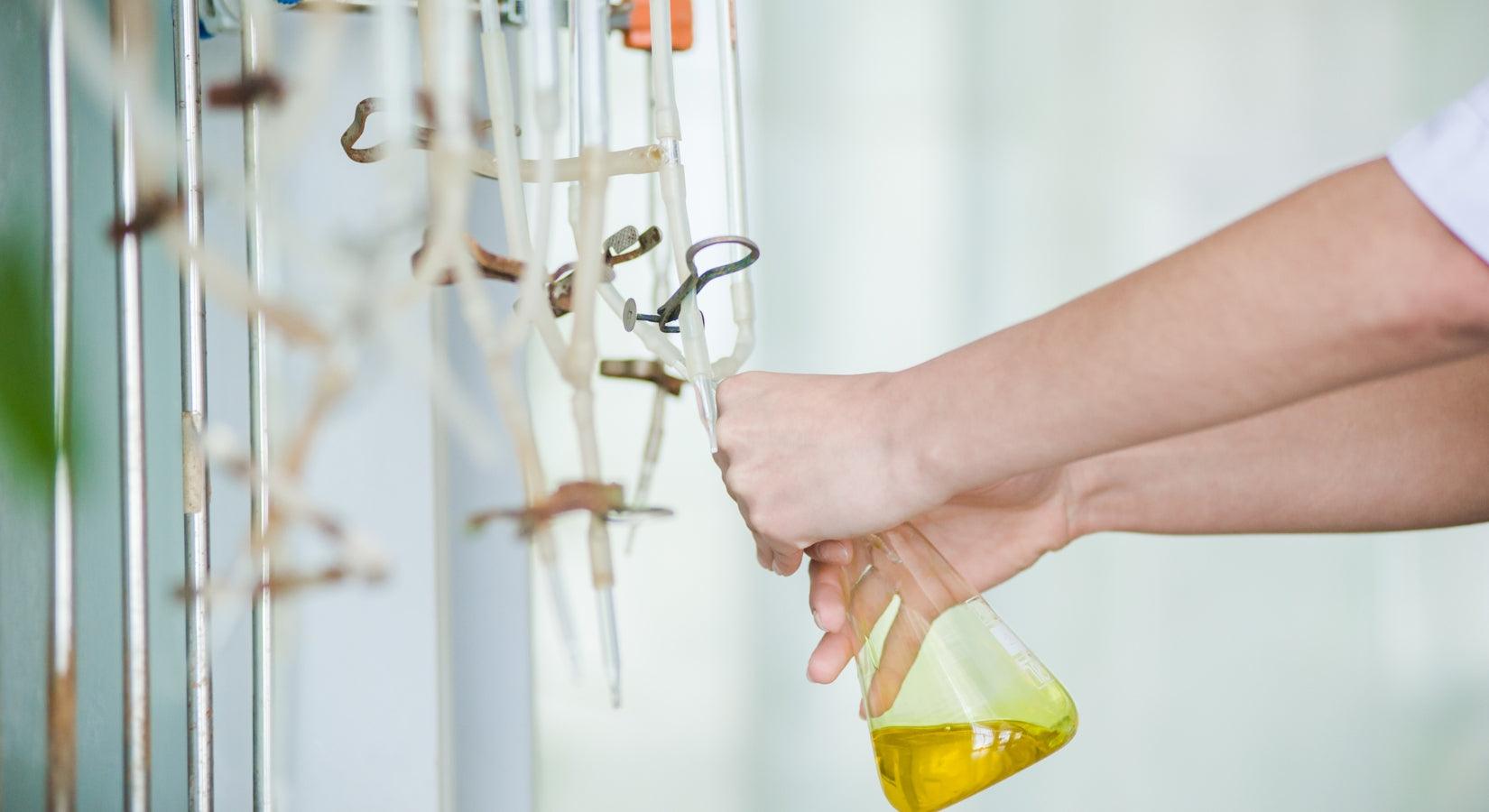
Determination of alkaline component in photoresist remover solution | Autotitrator COM-A19
Strong alkaline solution is used as remover for residual photoresist on the substrate after the development of the substrate for liquid crystal display instrument etc. The composition depends on the intended use but sodium hydroxide, potassium hydroxide, and tetramethylammonium hydroxide (TMAH) are used as remover.
TMAH can be determined by potentiometric titration with hydrochloric acid standard solution. TMAH could absorb carbon dioxide gas and generate carbonates, it indicates another inflection point at pH around 4 on the titration with hydrochloric acid standard solution. This report introduces an example of fractional determination for TMAH and carbonates.

Determination of copper in copper sulfate plating solution | Autotitrator COM-A19
2Cu²+ + 4I- → 2CuI + I₂・・・(1)
I₂ + 2Na₂S₂O₃ → 2NaI + Na₂S₄O₆・・・(2)
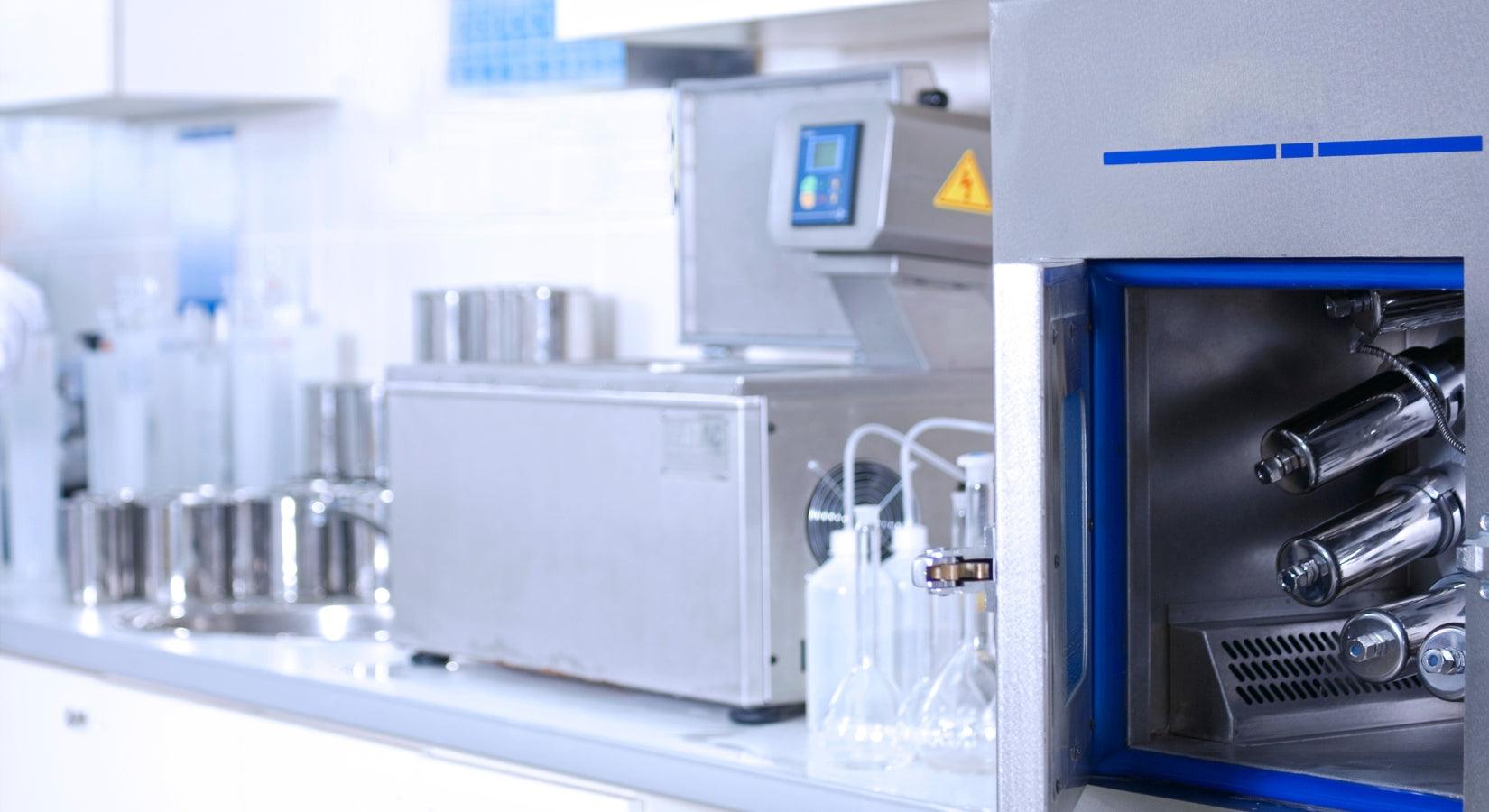
Quantitative determination of total nickel (Ni²⁺) in nickel plating solution | Autotitrator COM-A19
Ni(II) + EDTA → Ni-EDTA

Determination of hydrogen peroxide and sulfuric acid in etching solution | Autotitrator COM-A19
1) Determination of sulfuric acid by neutralization titration with sodium hydroxide・・・(1)
2) Determination of hydrogen peroxide by redox titration with potassium permanganate standard solution.・・・ (2)
H₂SO₄ + 2NaOH → Na₂SO₄ + H₂O・・・(1)
5H₂O₂ + 2KMnO₄ + 3H₂SO₄ → K₂SO₄ + 2MnSO₄ + 8H₂O + 5O₂・・・(2)

